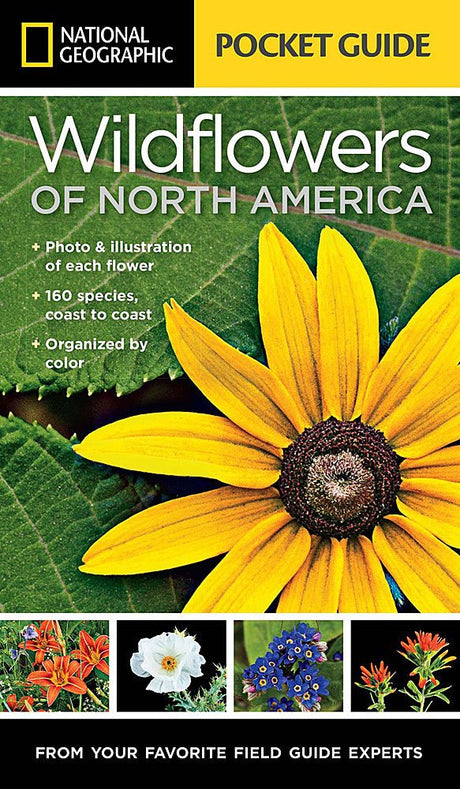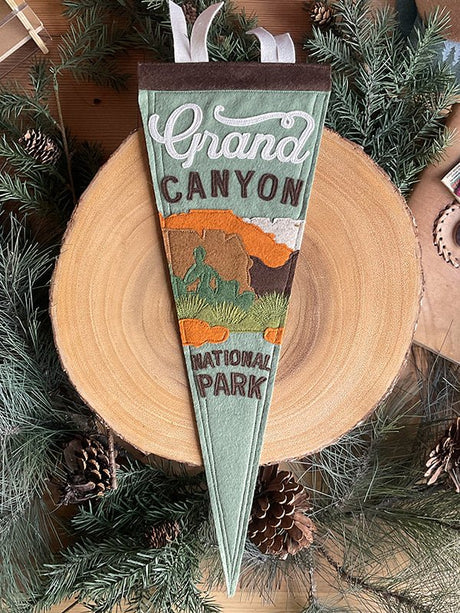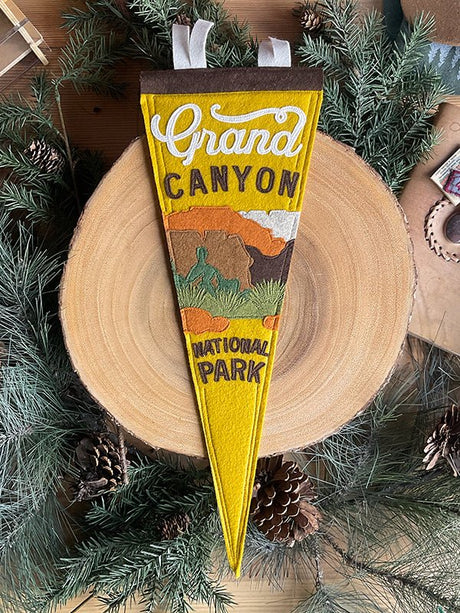Escape the Crowds & Embrace the Magic of the Off-Season
When the snow starts to fall and temperatures drop, most people put their national park adventures on pause. But for the savvy traveler, winter opens up a whole new world of quieter trails, sparkling landscapes, and once-in-a-lifetime experiences. Whether you’re into snowshoeing through alpine forests or soaking in desert sun without the summer crowds, winter might just be the most underrated season to explore America’s national parks.
Here are five of the best national parks to visit in winter, each offering a unique mix of beauty, solitude, and adventure:
1. Yellowstone National Park (Wyoming, Montana, Idaho)

Winter Highlight: Geysers steaming through the snow + abundant wildlife
Yellowstone in winter is nothing short of magical. Picture bison trudging through snowy meadows, geysers erupting into freezing air, and a landscape transformed by silence and snow. With most roads closed to private vehicles, you’ll explore the park via guided snowcoach tours, cross-country skis, or snowmobiles.
- Old Faithful’s plume rising through icy air
- Spotting wolves in Lamar Valley
- Snowshoeing near Mammoth Hot Springs
Pro Tip: Book winter lodging early, especially at Old Faithful Snow Lodge or Mammoth Hot Springs Hotel. Dress in layers and prepare for extreme cold.
2. Bryce Canyon National Park (Utah)

Winter Highlight: Red rock hoodoos dusted in snow
Bryce’s already surreal landscape becomes even more jaw-dropping in winter. Snow contrasts beautifully with the park’s red-orange spires, and with fewer crowds, it feels like you have an entire amphitheater of hoodoos to yourself.
- Sunrise Point after a fresh snowfall
- Snowshoeing or winter hiking the Navajo Loop
- Stargazing in clear, cold skies
Pro Tip: The park sits at over 8,000 feet—dress warm and allow time to adjust to the altitude. Roads are well-maintained, but check conditions before heading out.
3. Everglades National Park (Florida)

Winter Highlight: Dry season = perfect temps + best wildlife viewing
If you’re not into snow and ice, winter is the ideal time to visit the subtropical Everglades. November to April is the dry season—meaning fewer mosquitoes, lower humidity, and better opportunities to see alligators, wading birds, and even manatees.
- Kayaking through mangrove tunnels
- Anhinga Trail for easy wildlife spotting
- Shark Valley’s 15-mile bike loop
Pro Tip: Bring binoculars and a hat for the sun! Book guided boat or kayak tours ahead of time—they can fill up quickly during the popular winter months.
4. Death Valley National Park (California, Nevada)

Winter Highlight: Hike and explore without the heat
Death Valley lives up to its name in summer—but come winter, temperatures are mild and perfect for exploration. The stark, dramatic landscape is vast and fascinating, from salt flats to colorful canyons.
- Sunrise at Zabriskie Point
- Hiking Golden Canyon or Mosaic Canyon
- Wandering the salt flats at Badwater Basin
Pro Tip: Winter days are shorter—plan hikes early. Nights can still be chilly, so bring layers. Lodging is limited inside the park, so book in Furnace Creek or nearby Beatty early.
5. Big Bend National Park (Texas)

Winter Highlight: Desert solitude, star-filled skies, and hiking perfection
Tucked along the Rio Grande in West Texas, Big Bend is one of the least visited major parks—but winter is a sweet spot for ideal hiking weather and clear skies. Expect temps in the 60s–70s during the day and epic sunsets over rugged desert peaks.
- Hiking the Lost Mine or Santa Elena Canyon trails
- Soaking in the historic riverside hot springs
- Stargazing in one of the darkest skies in the Lower 48
Pro Tip: Cell service is limited—download maps in advance. The park is remote, so plan fuel and supplies carefully. Winter can bring sudden cold snaps, so pack warm layers just in case.
Bonus: Winter Tips for Visiting National Parks
- ✅ Check road and weather conditions before your trip
- ✅ Pack layers, traction devices, and winter gear as needed
- ✅ Make lodging reservations early—many park lodges operate with limited capacity in winter
- ✅ Embrace the quiet! Winter is perfect for slow travel, reflection, and deeper connection with the landscape
Final Thoughts
Winter is the season of stillness, and in the national parks, it reveals a side of nature many travelers never get to see. Whether you're tracking wildlife through snow or watching the sun rise over a frosty canyon, you'll find moments of wonder and peace that stick with you long after your trip ends.
So grab your boots, your coat (or maybe just your camera and sunscreen), and discover the wild magic of America’s parks—without the summer crowds.





![Night Sky - Northern Hemisphere [Stargazer folded] - US Park Pass](http://shop.usparkpass.com/cdn/shop/files/nightsky.jpg?v=1755144429&width=460)



